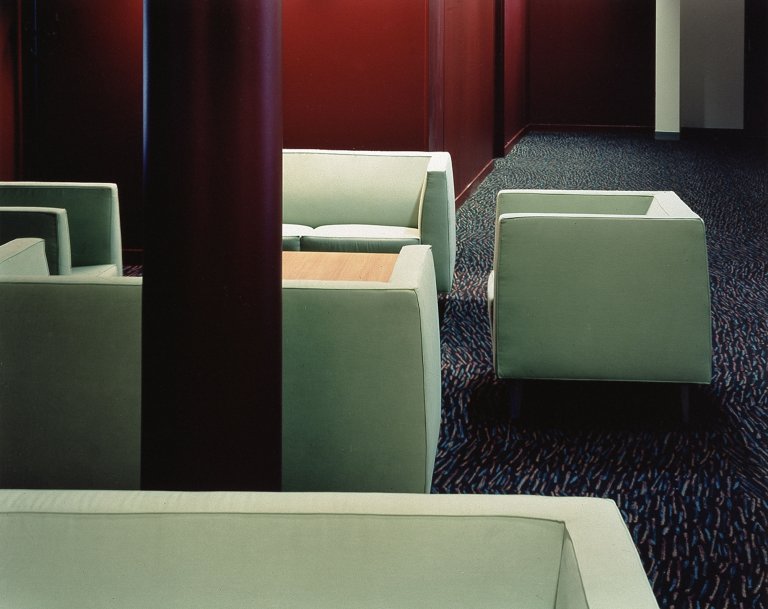
Paris #27, 1999, 100 x 120 cm
Matthias Hoch »Paris«
Stockholm, January 13, 2001 - March 06, 2001
Matthias Hoch´s pictures of contemporary cityscapes follow in a tradition of architectural photography as old as photography itself. With a plate-negative camera mounted on a tripod he documents the architecture of today in much the same way as once early photographers did with the city of Paris after Haussmanns boulevard system; had cut her up in a grand geometrical vision, combining beauty as well as troop movability.
Hochs objective is a more recent Paris. In his characteristic way (using available light to depict a cultural environment void of human beings) it is the Paris of the 80's that comes into focus. Former president François Mitterand set his monumental stamp on Paris in those years. He drew up a series of new buildings, including an opera, a new national library, and last but not least, the completion of La Défense, equivocally described as both the last modernist, and the first post-modern project in urban planning.
Urbanism lies in Hochs scope of vision, but even as he scrutinises the endless empty roads, windowless corridors, incarcerated bushes and shiny facades, he does not seem as much to take a critical stance, as being intrigued with the allure of these sometimes flawed visions. Architecture - or for that matter city planning is an art defined by a specific purpose that; lies outside of itself; (to better conditions of living, improve communications, enhance transparency, etc.).
When contemporary architecture becomes historical, this rationale is however swiftly reduced to matters of form and aesthetics. Form is essential for all art, and without it, art cannot uphold its visionary qualities and have a life outside its physical limitations. Matthias Hoch was one of the German Democratic Republics first photographers to leave the black and white photography for colour. His works from the early nineties documents, with a similar unromantical and unsentimental eye, leftover architecture of the former GDR. A recurrent theme in these works is the storage places and handling centres of industrial culture. Treated on esthetical terms these places represent non-places soon to be erased from the collective memory.
The treatment of non-places could be compared to Robert Smithsons non-sites discovered on his walks through the industrial landscape of Passaic in the 1960s. The non-places in Hochs images are in the periphery of the urban landscape where our gaze seldom lingers on them for long. His compositions do not evolve around the classical centralised perspective but instead chooses odd angles and strangely closed off views. A typical feature is that the vanishing points never lie within the image but somewhere outside of it. The vanishing point is where the flight of the gaze comes to a rest and in these images the gaze wanders around lost, but intrigued.
Matthias Hoch is born in Radebeul, Dresden in 1958. In 1988 he received his diploma from Hochschule für Grafik und Buchkunst Leipzig, where he was assistant lecturer 1993-98. In 2000, works from the series "Paris" was exhibited at the St?dische Galerie, Wolfsburg and at the Suermondt Ludwig Museum, Aachen, in the exhibition "Matthias Hoch Photographs." This is Matthias Hochs first exhibition at Galerie Nordenhake in Stockholm and his first ever in Sweden. He currently lives and works in Leipzig.
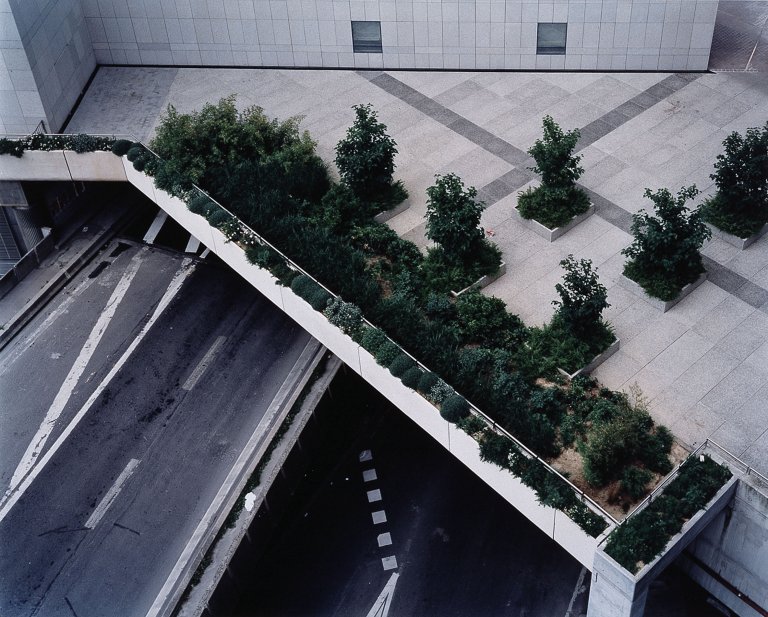
Paris #23, 1999, photograph, 103 x 123 cm
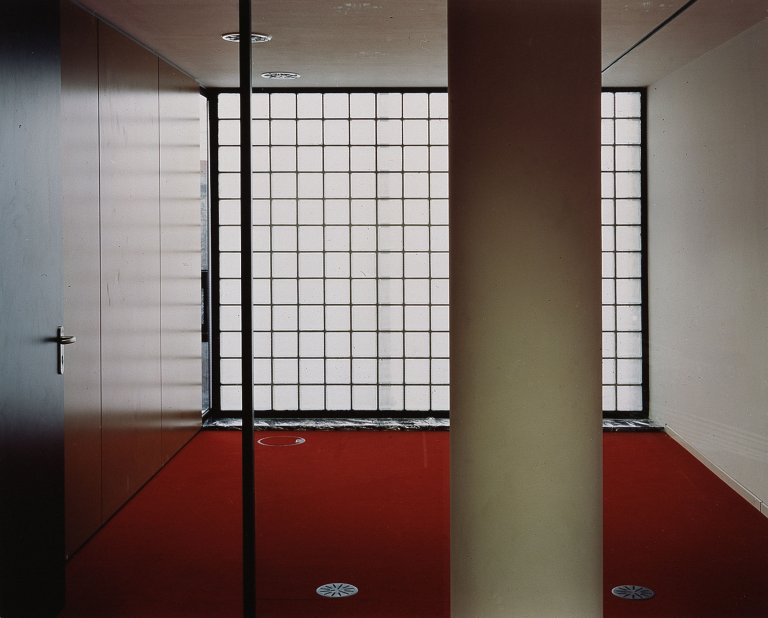
Leipzig # 47, 1998, photograph, 100 x 120 cm
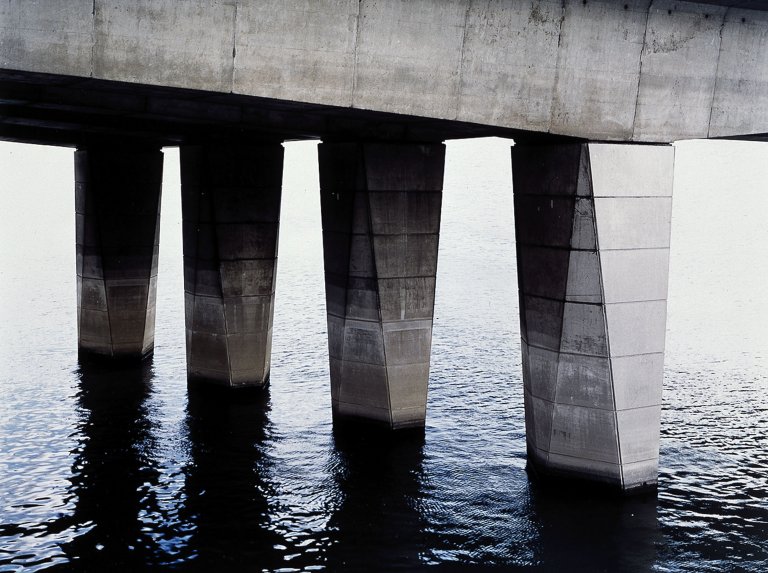
Paris #46, 1999, photograph, 125 x 156 cm
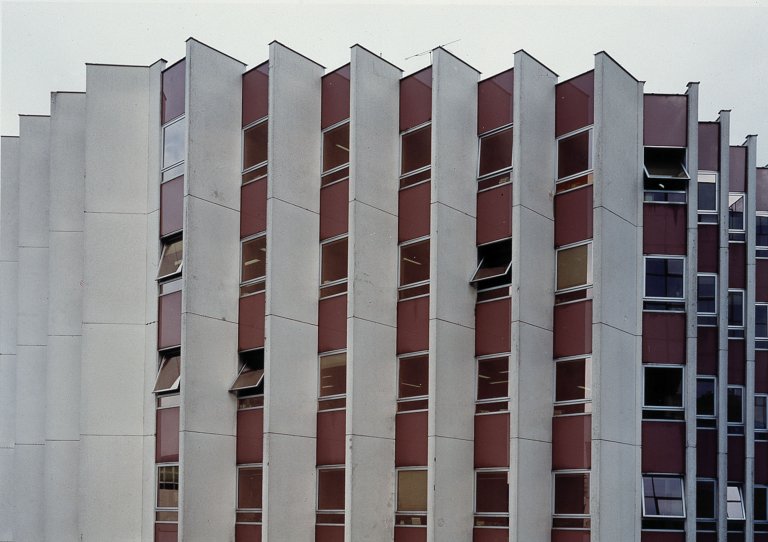
Paris # 32, 1999, 100 x 132 cm
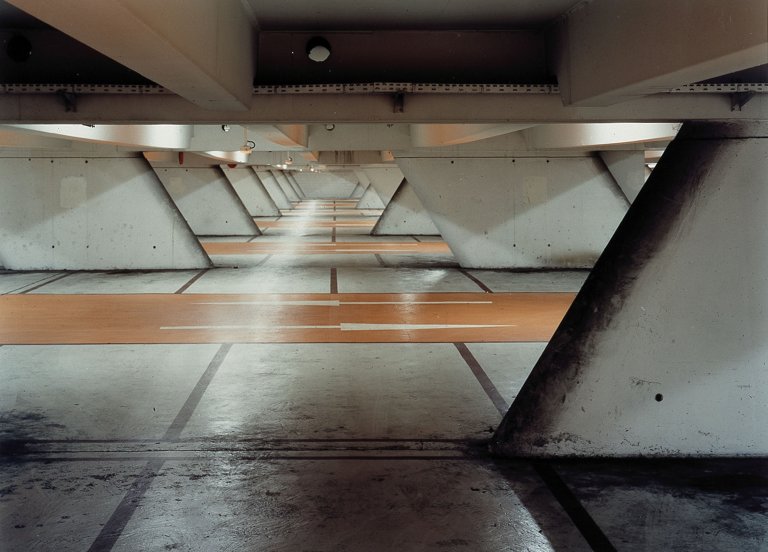
Paris # 40, 1999, 100 x 129 cm